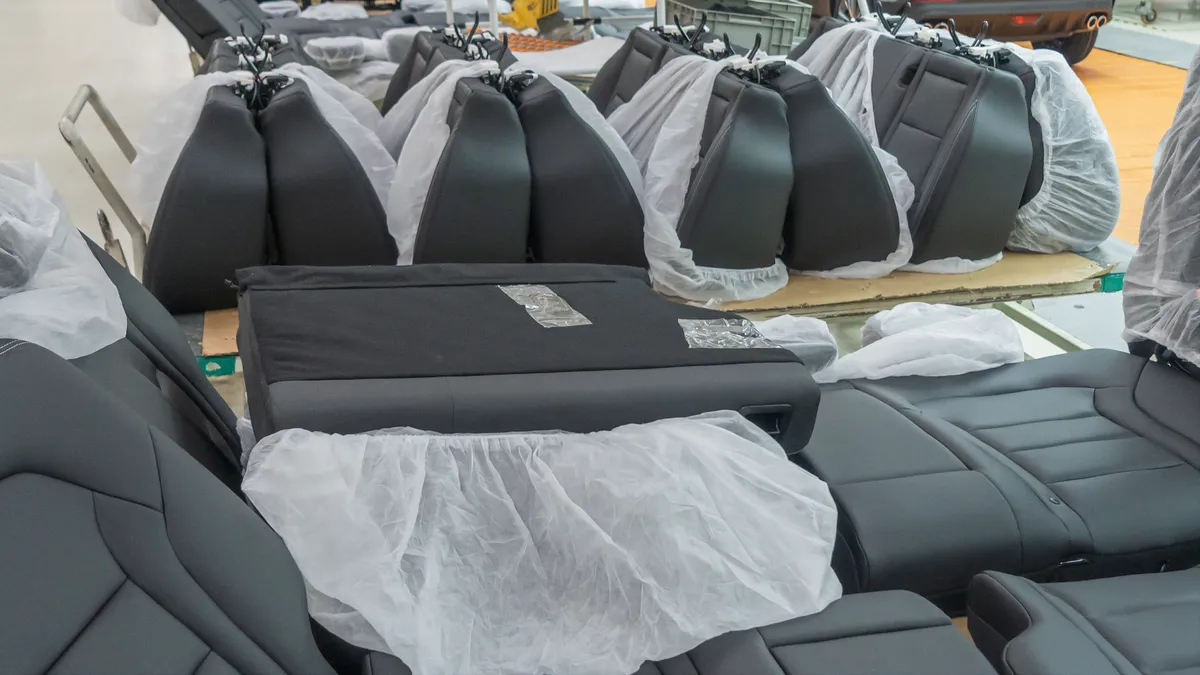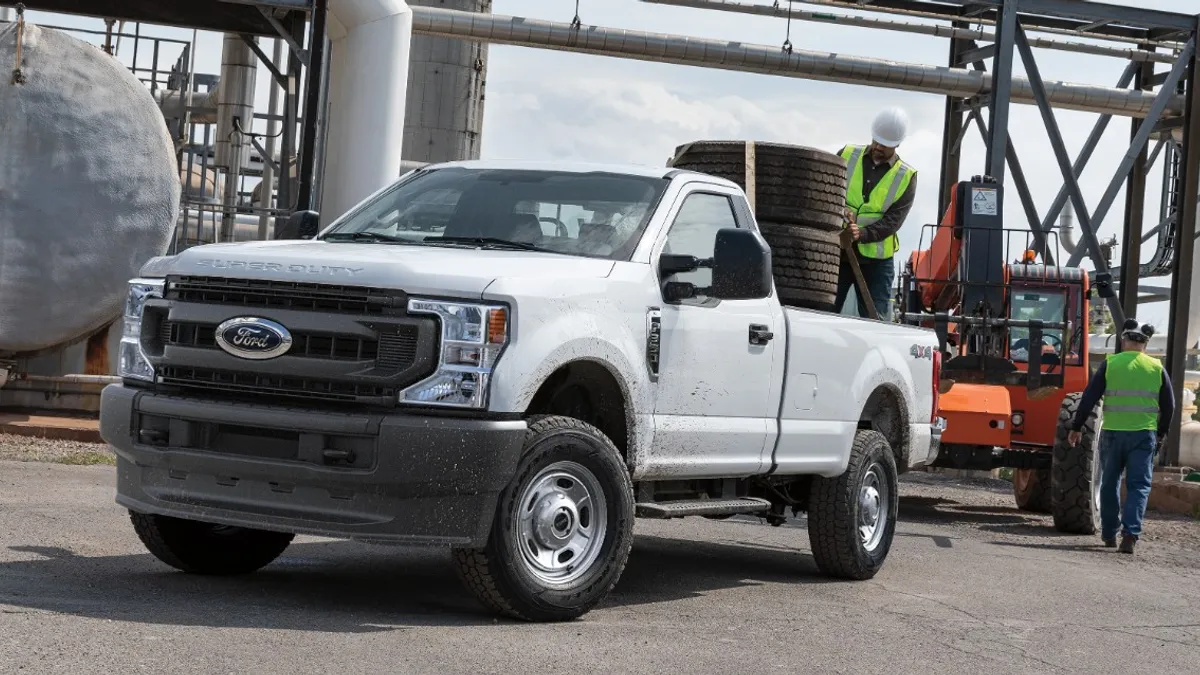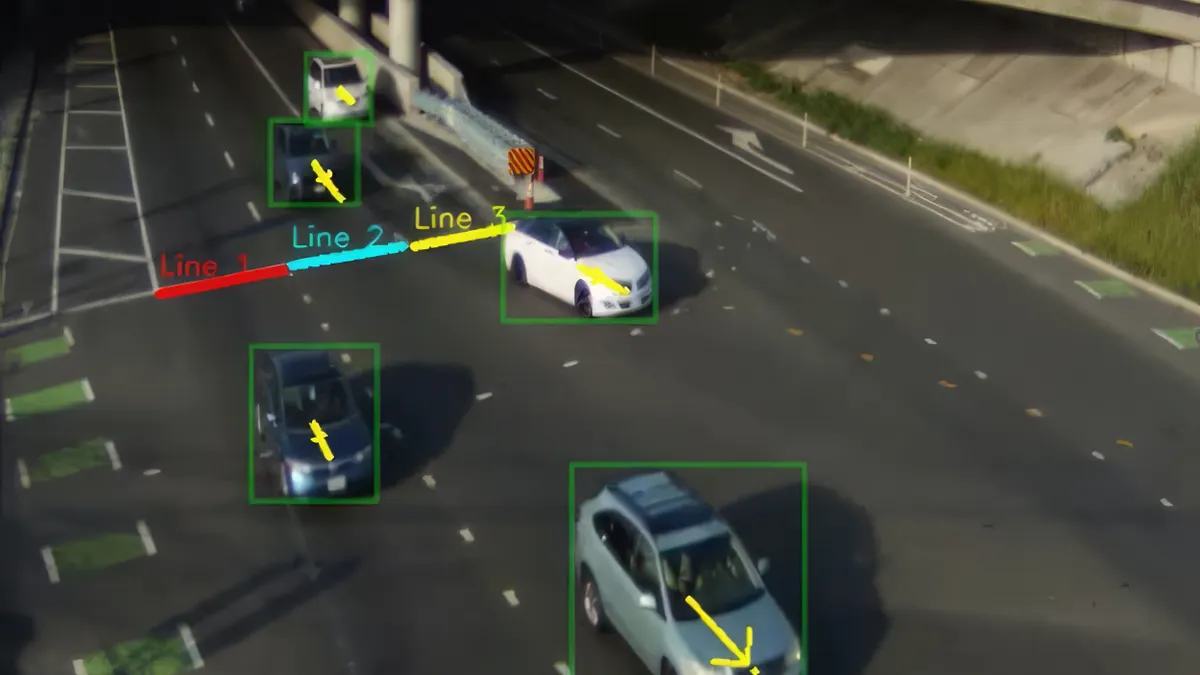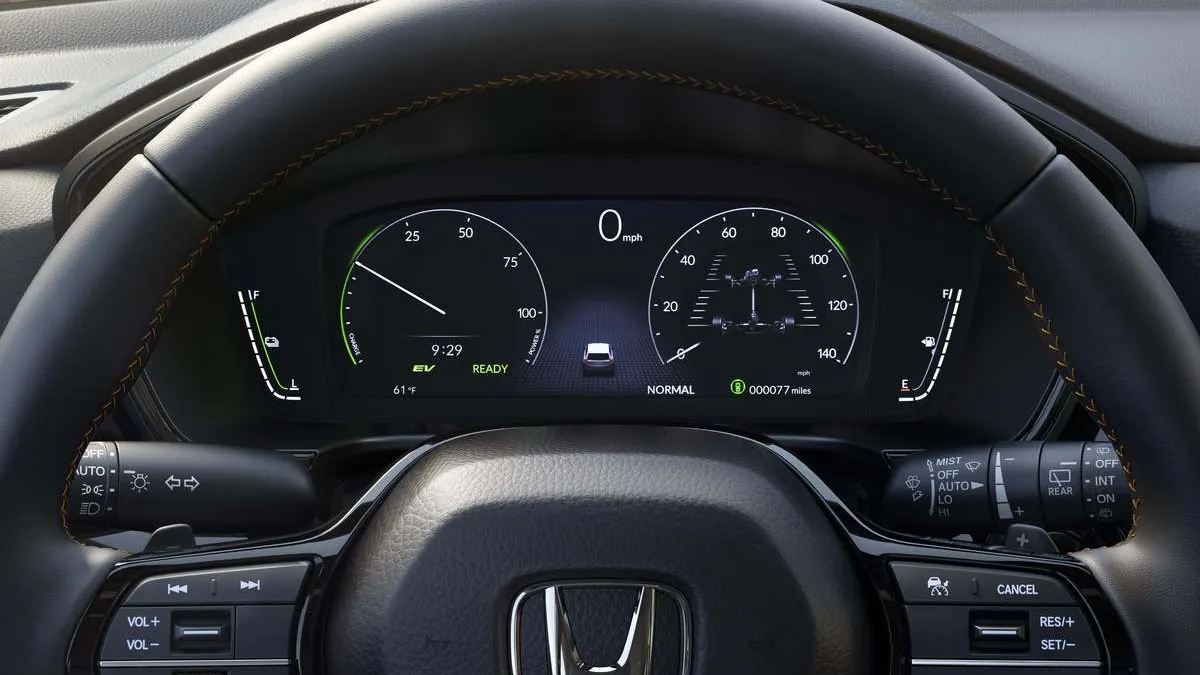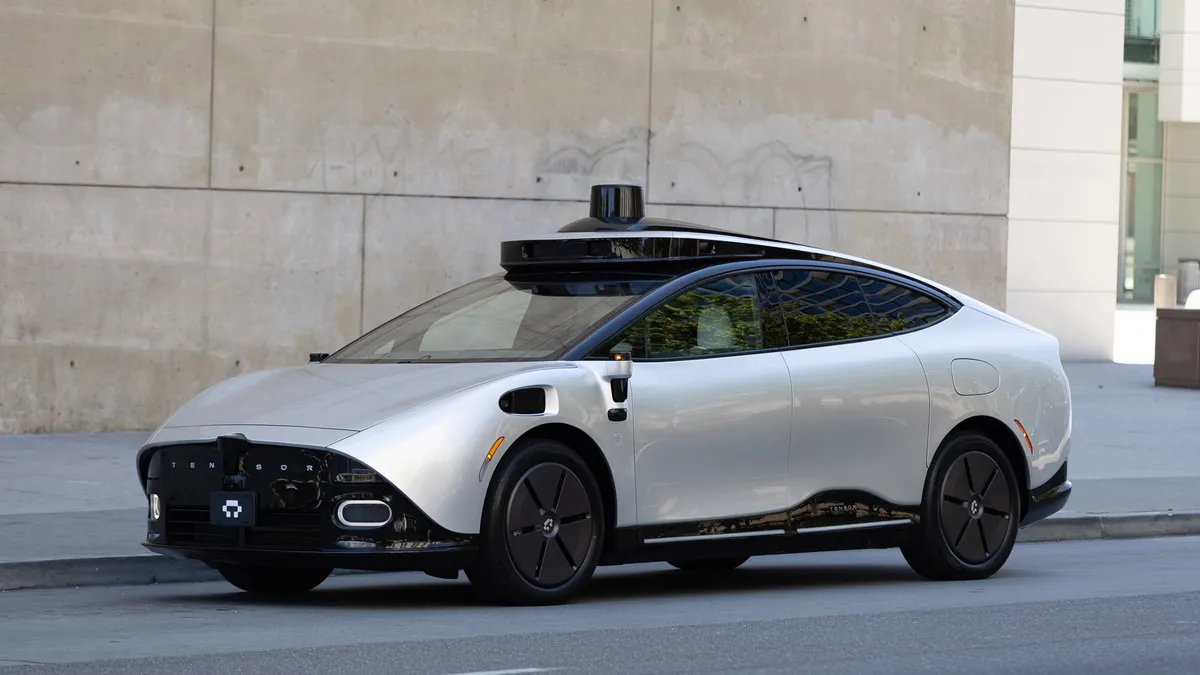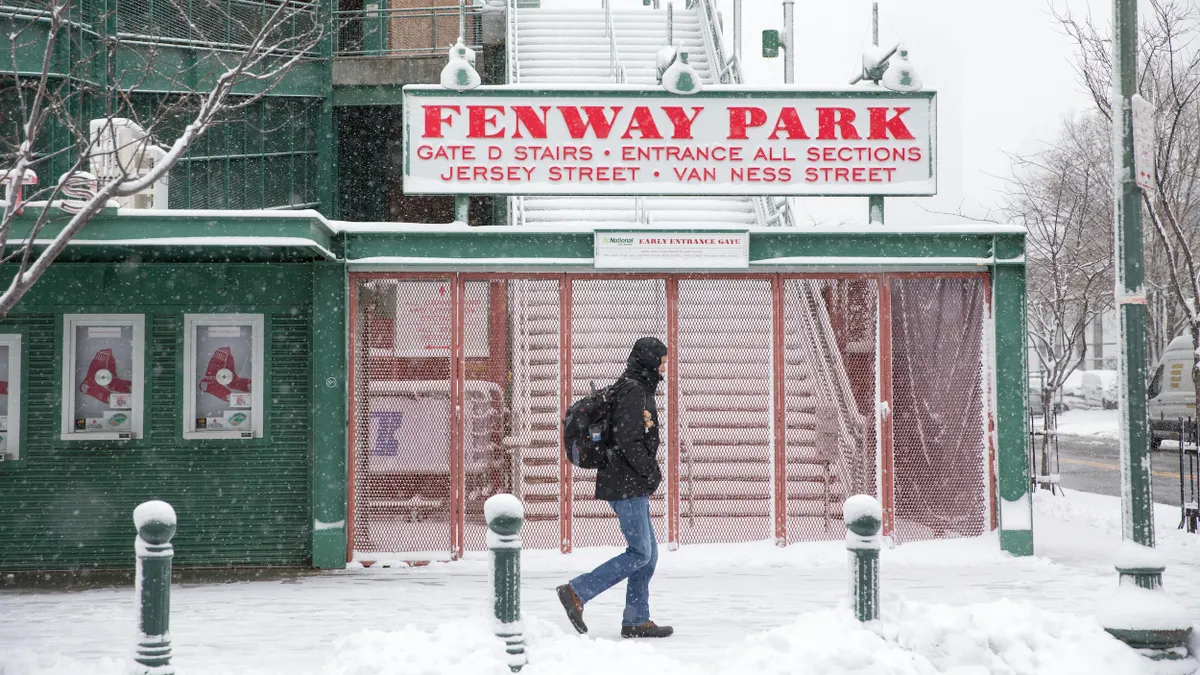Federal regulators have introduced a new streamlined process designed to get automated vehicles on U.S. roads faster.
U.S. Secretary of Transportation Sean Duffy announced the National Highway Traffic Safety Administration’s new Automated Vehicle (AV) Framework on April 24.
The revisions include updates to the Federal Motor Vehicle Safety Standards and replaces the current patchwork of state laws and regulations viewed by developers as a barrier to deploying commercial AVs on public roads.
“These are the first steps toward making America a more welcoming environment for the next generation of automotive technology,” NHTSA Chief Counsel Peter Simshauser said in the release.
Developers of AVs are currently required to notify the NHTSA of any accidents or injuries involving their vehicles, such as robotaxis, autonomous trucks and other self-driving passenger vehicles.
However, crash data recording and telemetry capabilities can vary widely across AV systems and vehicle manufacturers, according to the NHTSA. These vehicles typically use a suite of sensors and cameras combined with advanced data recording and telemetry capabilities, which can prolong investigations that the agency seeks to streamline.
Duffy added that current crash reporting requirements are too costly for developers. The new framework allows developers to focus on safety rather than regulations to boost innovation and accelerate commercial deployment of AVs.
“The long-term goal here is to move closer to a single national standard,” said Duffy in a video posted on Youtube by the USDOT. “We don’t want 50 states with 50 standards, we want one national standard for AVs.”
However, The NHTSA also amended its current Standing General Order on Crash Reporting for vehicles equipped with advanced driver assistance systems and other autonomous driving technology for safety monitoring. The changes take effect on June 16.
Under the updated program, companies must submit a report to the NHTSA within five days of any serious crashes with airbag deployment if a vehicle’s ADAS or automated driving system was engaged and resulted in a death, hospitalization or injury to a pedestrian or cyclist. Companies must also report incidents involving AVs if the vehicle is required to be towed away. Reports of less severe crashes are due monthly.
The NHTSA said it can use this data in crash investigations and to ensure enforcement of regulation for AVs. The agency said it will also act to ensure that vehicles found with safety defects are taken off public roads.
“By streamlining the SGO for Crash Reporting and expanding an existing exemption program to domestic vehicles, we are enabling AV manufacturers to develop faster and spend less time on unnecessary process, while still advancing safety,” Simshauser said in the release.
The NHTSA is also expanding its Automated Vehicle Exemption Program (AVEP) to include AVs and prototype vehicles built in the U.S. Previously, this program was unavailable for domestic vehicles. The move expedites the deployment of commercial AVs on public roads without mirrors, pedals or other mandated safety equipment required by the USDOT for passenger vehicles.
In 2022, General Motors sought an exemption under the program to deploy a fleet of 2,500 robotaxis co-developed with Honda without a steering wheel or pedals for a commercial robotaxi service with its former technology partner Cruise.
The NHTSA announced the change via an open letter to AV developers.
“The National Highway Traffic Safety Administration is committed to quickly identifying and removing unnecessary regulatory barriers that stand in the way of both safety and progress,” the agency wrote in the letter signed by Simshauser. “One such potential barrier is an existing exemption program available to certain foreign vehicles that do not fully comply with NHTSA’s Federal Motor Vehicle Safety Standards but not available to such vehicles built in the United States.”
The updated Automated Vehicle Framework is supported by a coalition of trade groups, including the Alliance for Automotive Innovation, American Trucking Associations, Autonomous Vehicle Industry Association, Intelligent Transportation Society of America and the Zero Emission Transportation Association.
The group of companies sent a letter to Duffy in March urging that the NHTSA make policy changes to accelerate the deployment of AVs and help the U.S. remain a global leader in the technology.
“The AV industry has made significant strides by working with governments and private sector partners to safely deploy AV technologies into the nation’s transportation network,” the letter states. “If the Federal government fails to act to advance sensible AV policies, we will cede our leadership in this economically crucial sector to China.”





